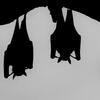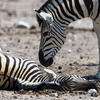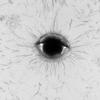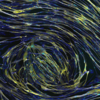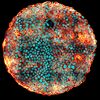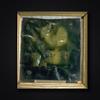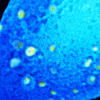You are here
Science behind the scenes
01.18.2024, by
For the fifth edition of the LPPI “Proof in images” photo competition, first launched in 2019 by the CNRS and its Canadian partner, Acfas, researchers were invited to submit their best science-related shots. Discover the 20 finalists selected by a professional jury and vote for your favourite photograph.
View all the photos and vote for the public's prize: https://www.concours-preuve-image.fr/vote-du-public/
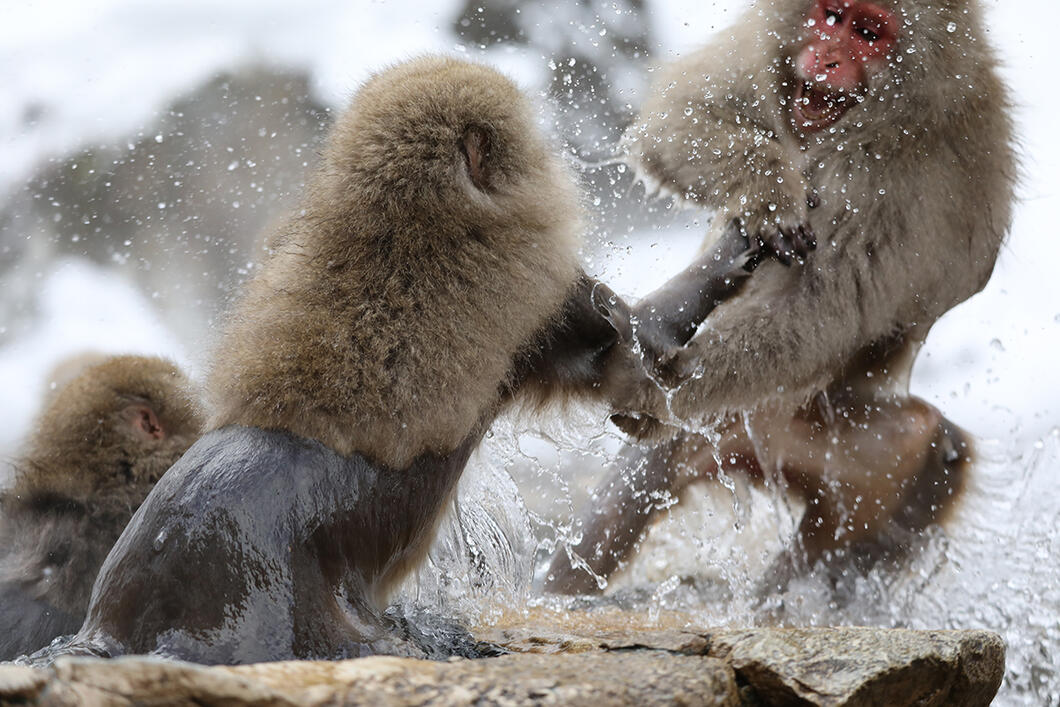
1
Slideshow mode
THE HOT SPRINGS OF DISCORD. In the centre of the island of Honshu, Japan, temperatures can fall to -20 °C in winter. To cope with this bitter cold, the Japanese macaques of Jigokudani have taken to bathing in the natural hot springs that have made the place famous. However, of the two hundred monkeys that make up this population, only about forty enjoy this privilege. When an individual not belonging to this dominant caste attempts to enter the pools, like this macaque here seen face-on, they are violently repelled. The Jigokudani site offers ethologists an opportunity to study conflicts within animal societies and the alliances that such tensions are likely to engender.
C. Sueur/ Institut pluridisciplinaire Hubert Curien (IPHC)
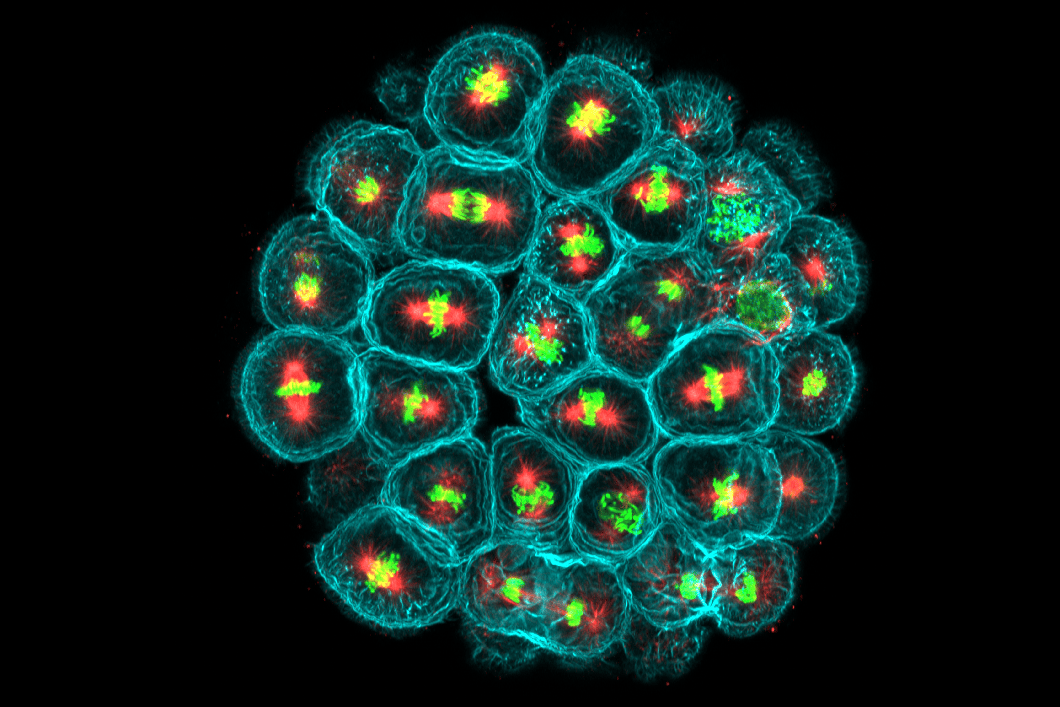
2
Slideshow mode
A PRICKLY LITTLE MODEL.
This microscopic image of a sea urchin embryo after five hours of growth reveals the subtle process of cell division. Inside each cell (outlined in turquoise), the microtubules of the mitotic spindle (red) pull the chromosomes (green) in opposite directions, forming two new cells. The sea urchin embryo at an early stage is a biological model as original as it is useful: it helps to identify all the mechanisms that determine cell division orientation in human tissues and the consequences of alterations to these processes, such as the development of certain cancers.
A. Nommick/ Institut Jacques Monod
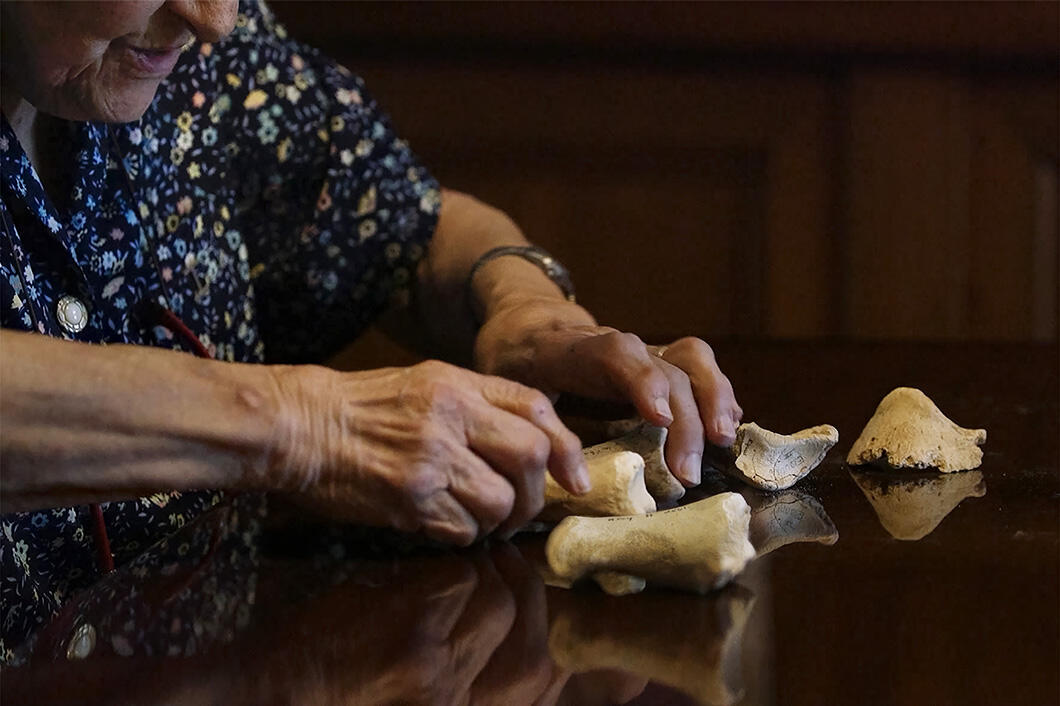
3
Slideshow mode
RESIDENT RESEARCHER.
Well into her nineties, Thérèse Josien-Poulain (1929-2022) still mastered to perfection the art of assembling the bones of prehistoric animals. A pioneer of French archaeozoology, which she developed in the mid-1950s, the prehistorian pursued most of her career from her house in Burgundy (central eastern France), which enabled her to reconcile family life and archaeology. In her home laboratory, she manipulated hundreds of thousands of fragments of fossilised animals. An expert in the identification of such remains, she was also one of the first to attempt to reconstruct the history of the natural relationship between humans and animals.
G. Torterat / Technologie et ethnologie des mondes préhistoriques (TEMPS)
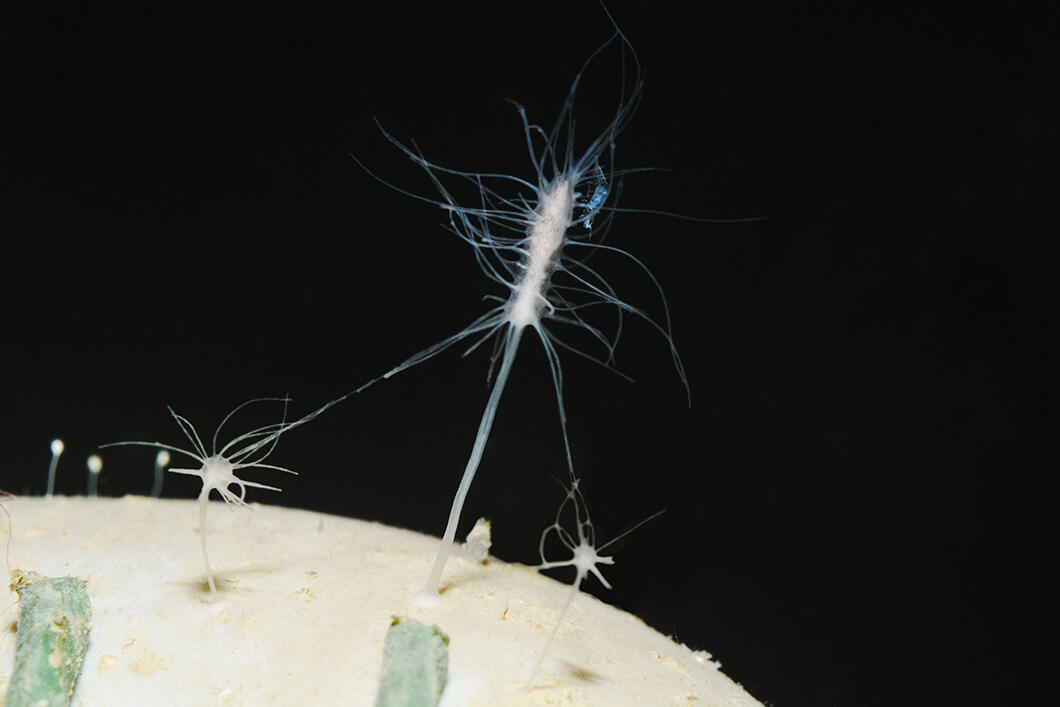
4
Slideshow mode
A SPONGE STEEPED IN MYSTERY.
These three somewhat dishevelled, translucent organisms, the largest of which measures a mere 2 cm, are sponges of a special kind. Unlike others, which filter water for food, Lycopodina hypogea, as it is called, uses its hooked filaments to catch small crustaceans which it then slowly digests. This strategy has enabled the species to colonise environments that are both nutrient-poor and constantly plunged into darkness, such as the bottom of the Mediterranean, and some shallow underwater caves. It was in one of these cavities, in the vicinity of La Ciotat (southeastern France), that the photograph of these three carnivorous sponges mysteriously connected by their filaments was taken.
D. Guillemain / Institut Pythéas
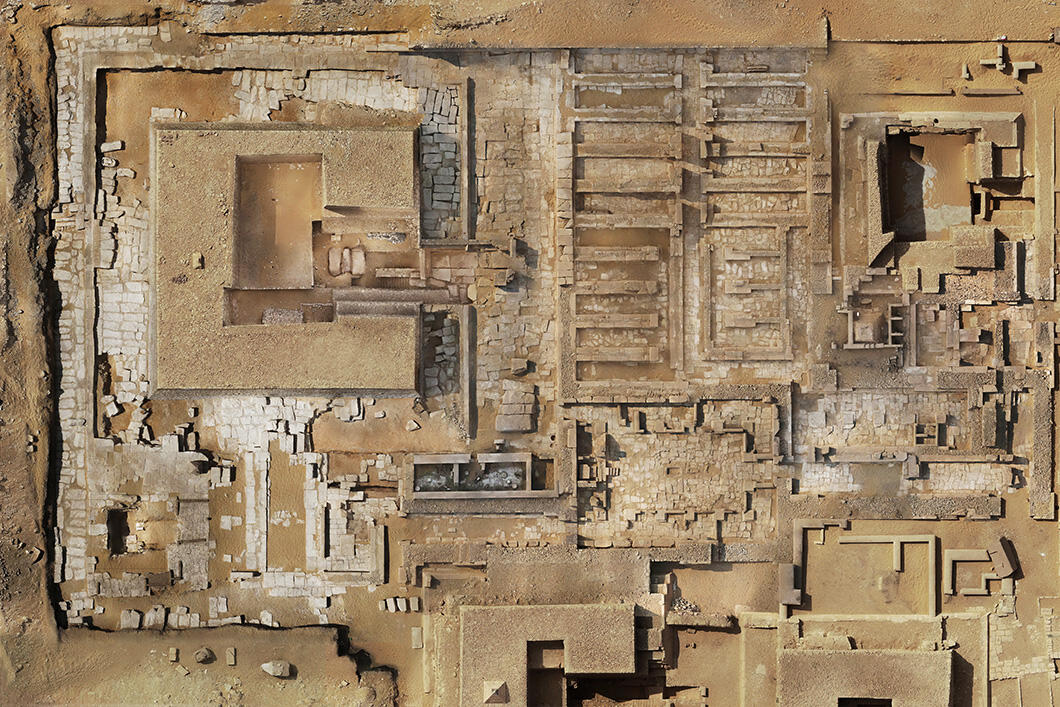
5
Slideshow mode
ARCHAEOLOGICAL PRECISION TO THE PIXEL.
Surprising though it may seem, this bird’s eye view of the remains of the funerary complex of Queen Ankhnespepy II, near Cairo (Egypt), was captured at ground level. It is in fact the horizontal projection of a 3D model of this architectural complex covering an area of
2,800 m2 constructed during the Sixth Dynasty (2374-2140 BC). This comprehensive, ultra-realistic reconstruction of the site combines more than 2,000 photographs taken over the course of three successive excavation campaigns. With a resolution of 2 mm per pixel, the document also brings together a huge amount of information that should facilitate the architectural investigation of this vast burial site.
E. Laroze / Orient et Méditerranée
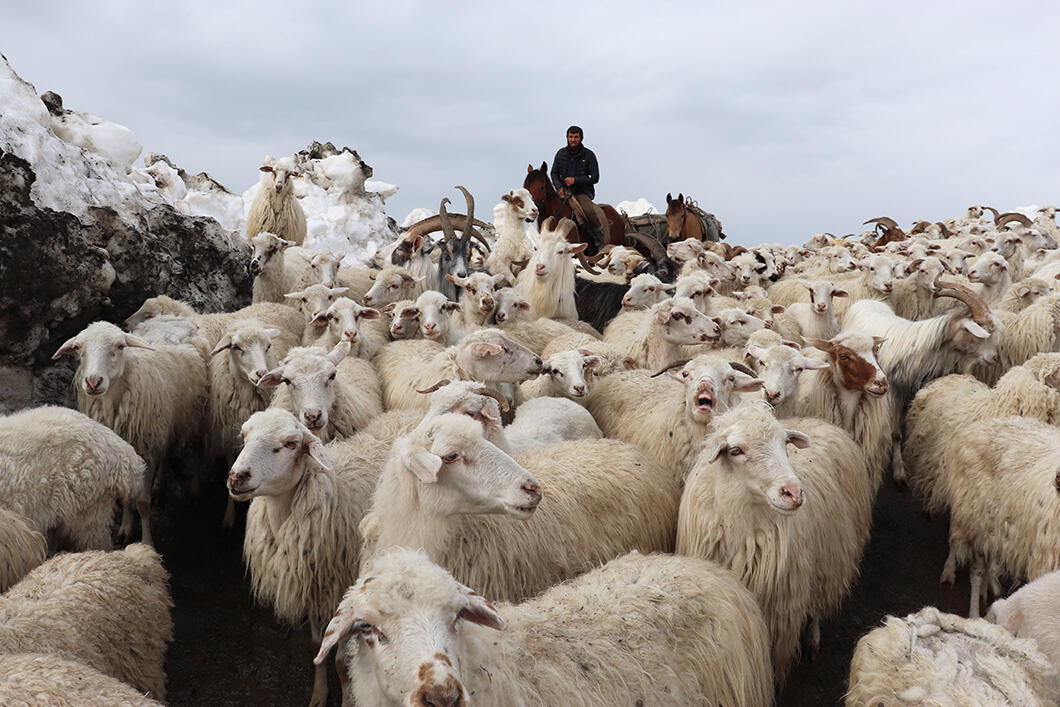
6
Slideshow mode
TO PASTURES NEW.
At an altitude of over 2,800 metres above sea level, the Abano pass is an obligatory crossing point for Tush sheep herders. From May onwards, they guide their flocks along this winding track in eastern Georgia. The goal of this dangerous journey is to get to the summer pastures of Tusheti, the ancestral region of this shepherd people, as quickly as possible. The Abano pass forms a genuine natural barrier where three Tush regions meet: the foothills and plains of the Caucasus where humans and animals spend the winter, and the mountain pastures where they come together in the summer.
G. Lemaitre / Laboratoire d’ethnologie et de sociologie comparative ( LESC )
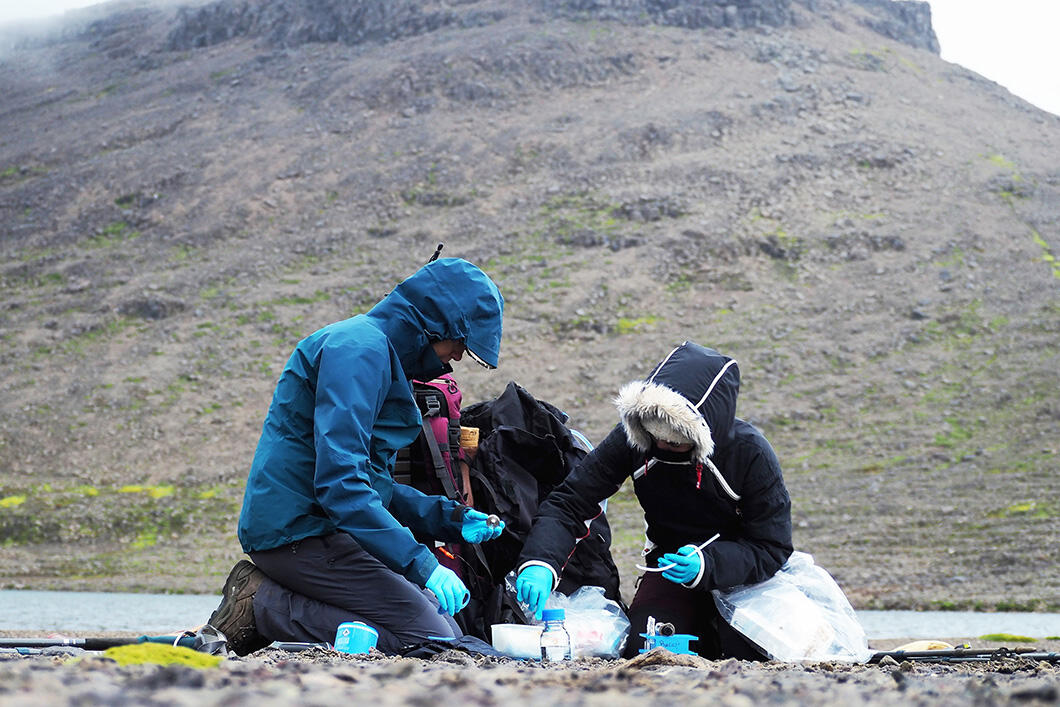
7
Slideshow mode
THE WINDS OF KNOWLEDGE.
The howling winds that constantly batter France’s Kerguelen Islands aren't making the job of these two scientists any easier. To pack up the samples they have just collected from the ancient glacial lake behind them, they have no choice but to shelter behind their rucksacks. Once back in the lab, the samples will be analysed in order to determine the chemical and microbiological composition of the lake water. This work forms part of a long-term research programme that seeks to understand how the iron released by the melting of the Cook ice cap helps to maintain a high level of marine biodiversity around this sub-Antarctic archipelago.
S. Blain / Laboratoire d’océanographie microbienne (LOMIC)
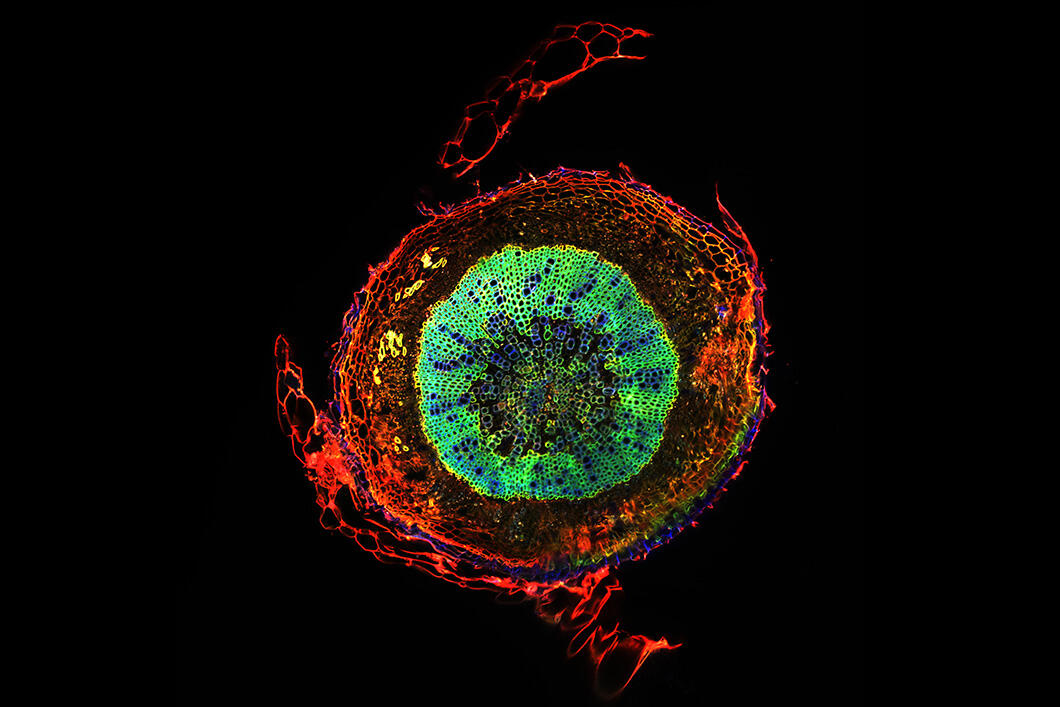
8
Slideshow mode
PLANT GALAXY.
Although this burst of colour is reminiscent of the formation of a planetary nebula, the distances here are measured not in light years but in micrometres. This is in fact a cross-section of a root of Arabidopsis thaliana, an iconic plant model for biologists. With the help of molecular marking techniques derived from bioorthogonal chemistry, scientists were able to use red, green and yellow fluorescence to distinguish the three components of lignin, a substance that gives plants their rigidity. This innovative marking process makes it possible to observe structural changes in plant walls in response to climatic stress or pathogen attack.
C. Biot, T. Bance, C. Lion, C. Simon, S. Hawkins, C. Spriet /Plateforme TISBio/ Unité de glycobiologie structurale et fonctionnelle (UGSF)
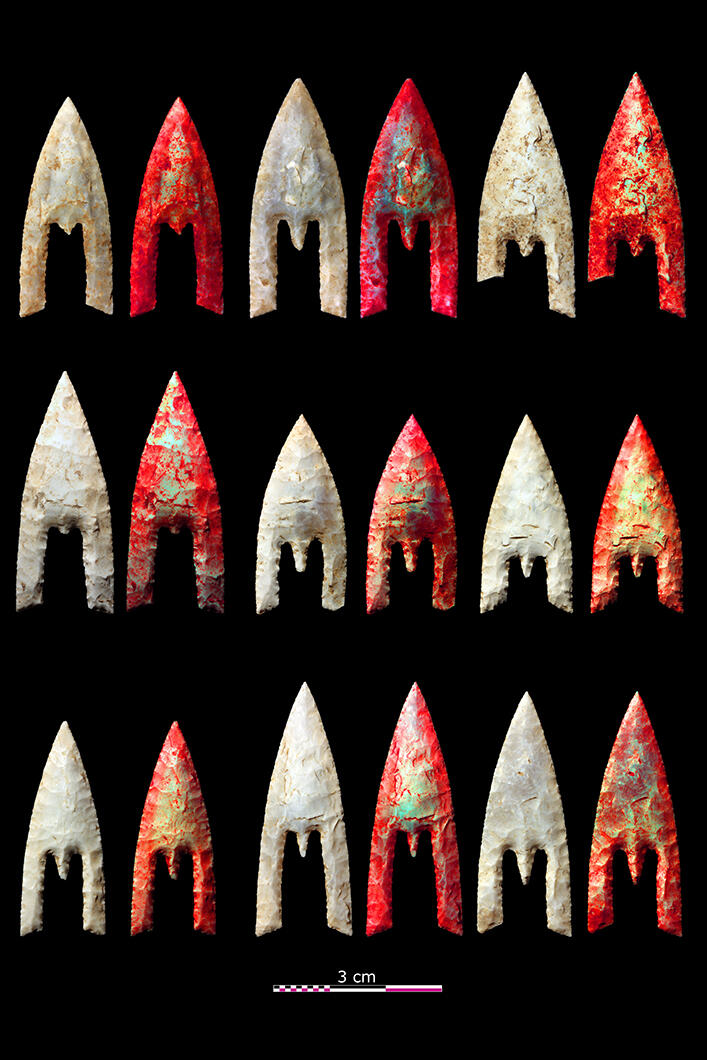
9
Slideshow mode
AT THE CUTTING EDGE OF ELEGANCE.
Despite being very sharp, these flint arrowheads were never used to hunt game or fend off attackers. Found in an ancient Bronze Age burial site in northwestern France, they indicate that the deceased must have enjoyed a great deal of power. Recent studies have shown that these 3 to 4 cm-long arrowheads with disproportionately large fins were originally mounted on a shaft. This custom is revealed here by image processing. In the reworked photographs, the most weathered areas, where the glue was applied to mount the arrowheads onto the shaft, remain white. Those that turned red indicate the cutting edge of the arrowhead, which was almost completely hidden within the shaft. For discretion is the better part of power.
C. Nicolas/Trajectoires, E. Ghesquière/ Centre de recherche en archéologie, archéosciences, histoire (CReAAH)
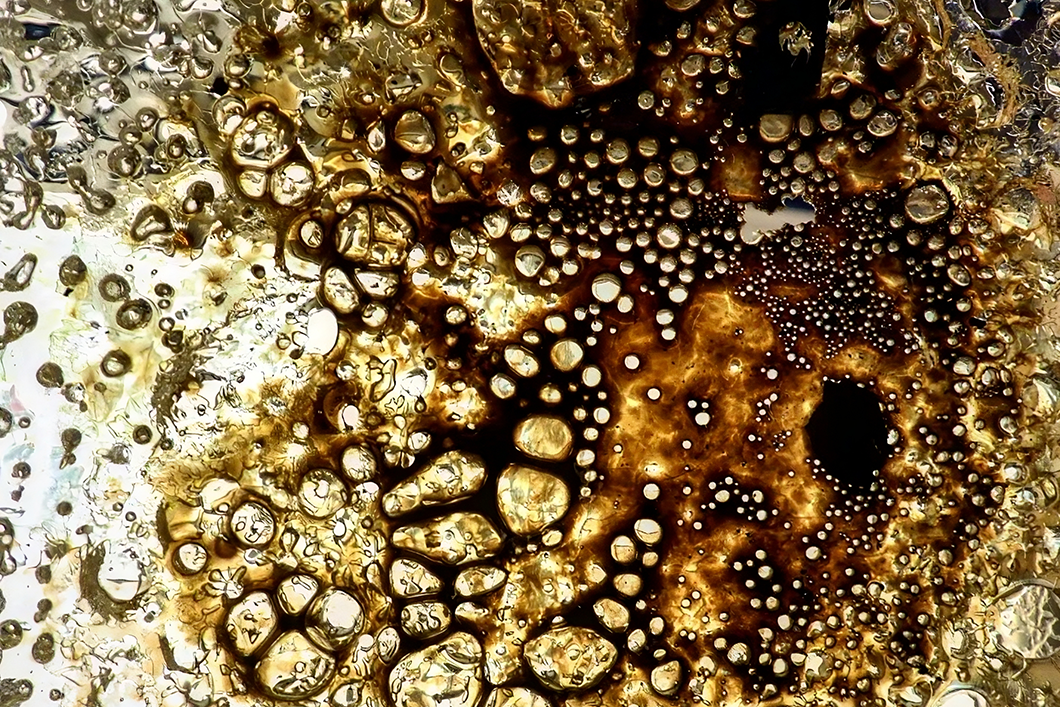
10
Slideshow mode
BOILING MATERIAL.
Make no mistake: this might look like the caramelised crust of a crème brûlée, but it is actually a sample of plastic decomposing under the effect of heat. More precisely, the image shows the process of nucleation in which the gases produced by the combustion of a polymer collect in bubbles that then rise to the surface of the material, where they eventually burst. By modelling this phenomenon in under-ventilated environments such as high-energy performance buildings, scientists hope to develop fire-fighting strategies in confined spaces that are both more effective and less hazardous for firefighters.
R. Nohra/ Institut P': Physique et ingénierie en matériaux, mécanique et énergétique
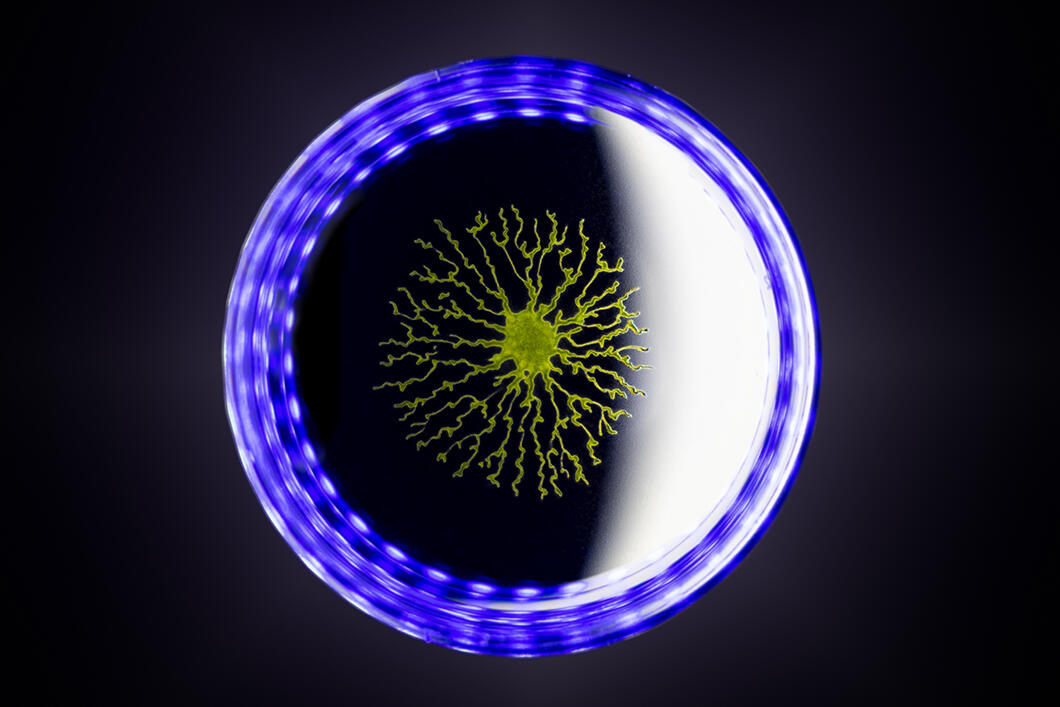
11
Slideshow mode
ESCAPING THE SPOTLIGHT.
This network of bright green filaments is the work of millions of single-celled algae. Under the effect of the intense light sources surrounding the Petri dish in which they have been placed, the microorganisms converge towards the centre of the dish, hiding behind one another. As the algae seek to protect themselves from prolonged exposure to the potentially lethal stream of photons, they end up forming a tentacular pattern. Scientists studying this phototactic response are planning to use it to collect green algae more cheaply. The biomass they contain could then be used to produce carbon-neutral fuels.
R. Jeanneret, E. Jeanneret, I. Eisenmann / Laboratoire de physique de l’ENS (LPENS)
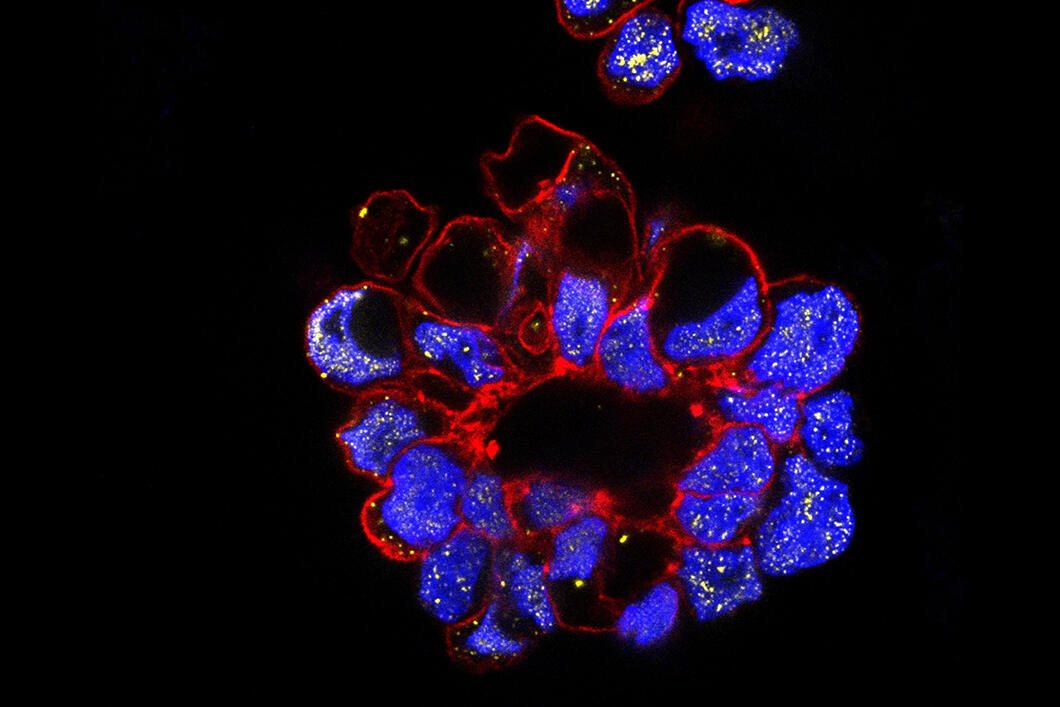
12
Slideshow mode
LETHAL BEAUTY.
The visual appeal of this chromatic composition is deceptive. This is in fact a cluster of cancer cells from the peritoneal fluid of a patient with advanced ovarian cancer. This high-resolution image, which shows the morphology of a cell cluster, reveals its metastatic potential. Under such circumstances, some nuclei, in blue, press up against the cell walls, in red. The yellow spots dotted around the interior of these same cells reveal the presence of a protein involved in the process of metastasis. Visual characterisation of cell clusters, which are both quickly and easily collected, could help improve the diagnosis and treatment of ovarian cancers.
R. D’Angelo / Centre de recherches en cancérologie ( CRCT)
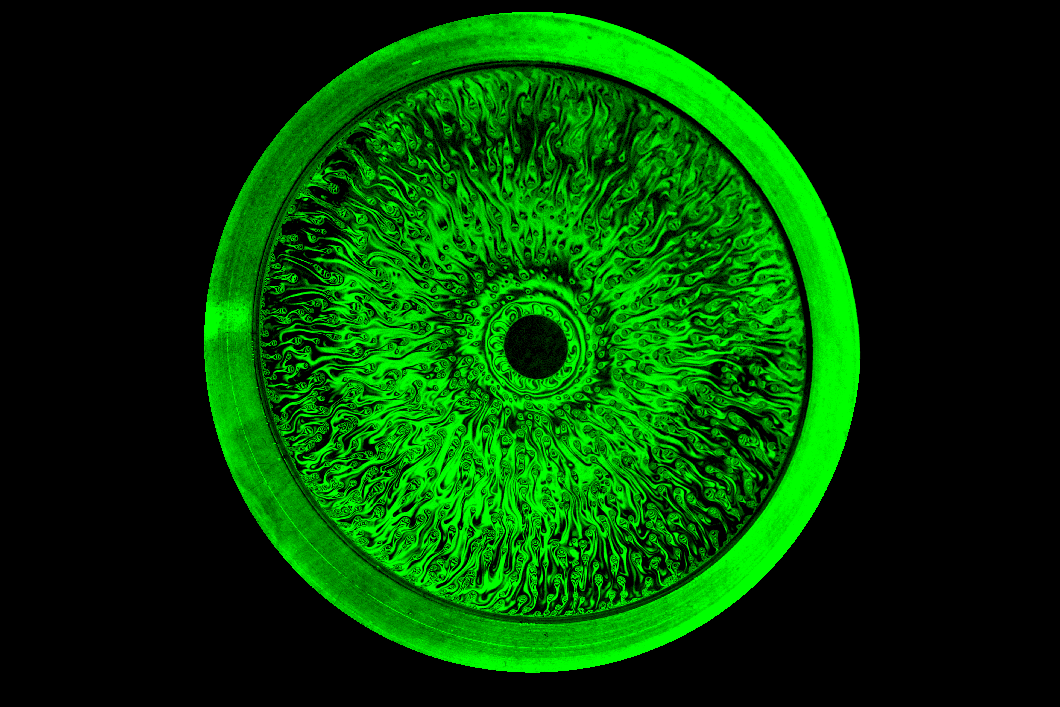
13
Slideshow mode
HYPNOTIC IRIS.
Contrary to appearances, this perfectly circular, iridescent membrane is not organic in nature. It is in fact a soap film stretched out by the action of centrifugal force. Illuminated by a laser beam that reveals its tiniest details, the film is dotted with dark tear-shaped spots that form at its edge before migrating towards its centre. By studying their formation and the speed at which they move, the researchers can model the dynamics of the thinning of a soap bubble until it bursts. This type of analysis can help, for instance, to adapt the formulation of industrial foams to their intended use.
A. Monier, B. Gay-Para, C. Claudet, F. Celestini, C. Brouzet, C. Raufaste /Institut de physique de Nice (INPHYNI)
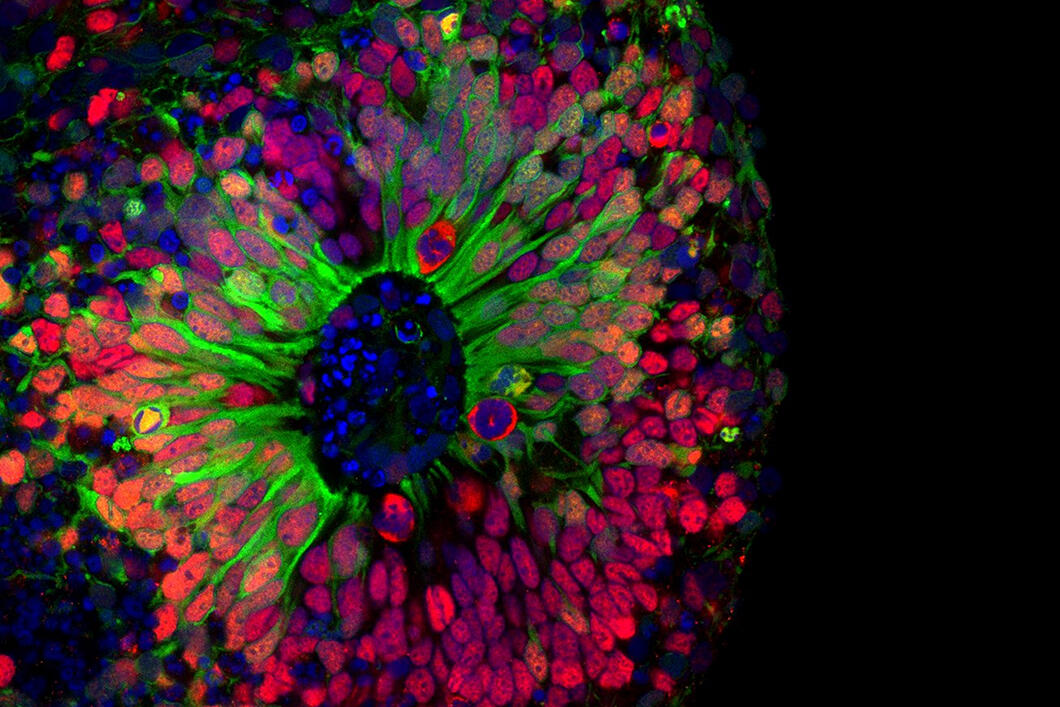
14
Slideshow mode
NEURAL ROSETTE.
This mosaic of colours reveals the arrangement of stem cells inside a neural rosette. The image shows the interior of a brain organoid, a kind of miniature human brain created using stem cells from patients suffering from a form of hereditary epilepsy resistant to conventional antiepileptic drugs. The aim of this study model is to determine the role of a genetic mutation in the development of cortical malformations associated with the disease. Immunofluorescence makes it possible to distinguish normal neural stem cells, in red, from cells expressing the mutation, in green. This visual approach could be used in particular to test the effectiveness of new molecules intended to reduce epileptic seizures.
M. Maletic / Institut du cerveau et de la moëlle épinière (ICM)
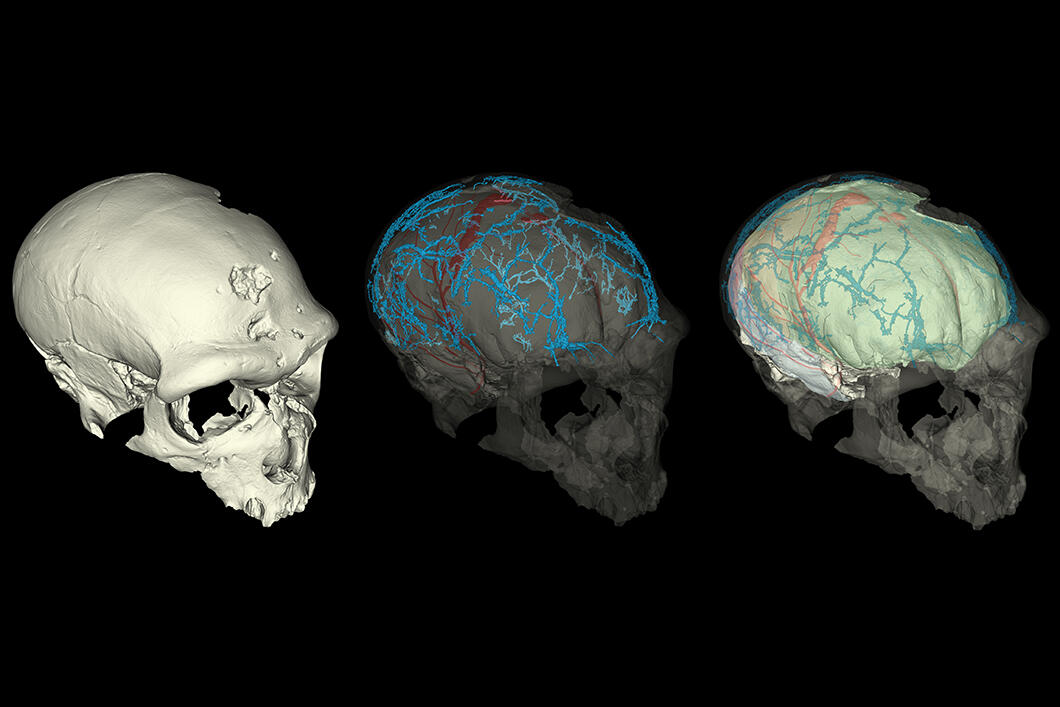
15
Slideshow mode
INSIDE THE HEAD OF NEANDERTHAL.
To understand what makes us different from our ancestors, palaeoanthropologists now use very high-resolution microtomography. Applied here to a 40,000-year-old Neanderthal skull, this imaging technique reveals unsuspected anatomical structures. On these 3D reconstructions, the impressions of the venous network circulating near the surface of the skull appear in blue. The main veins and arteries that carry blood to the different areas of the brain are shown in red. By comparing these reconstructions with medical data from patients, the researchers hope to discover how the brains of extinct human species worked.
J. Hui, A. Balzeau/ Histoire naturelle de l’homme préhistorique ( HNHP )
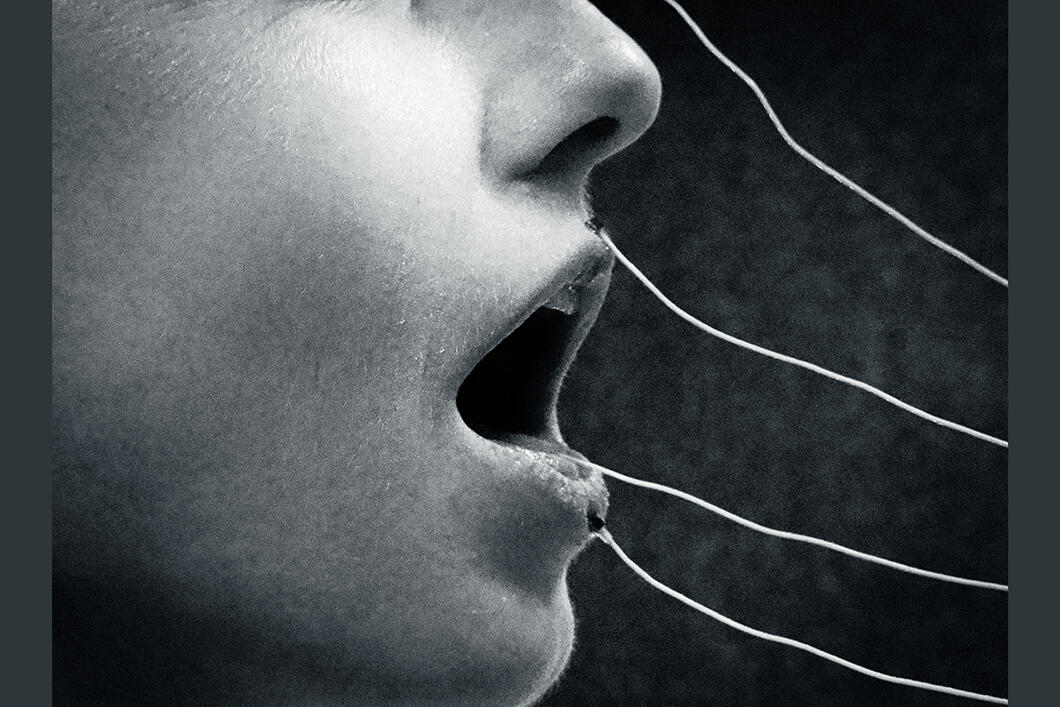
16
Slideshow mode
ON THE TIP OF THE TONGUE.
This is not a torture session but rather a totally painless experiment designed to reveal the subtle mechanisms involved in speech production. Sensors attached to the tongue and lips of this volunteer, who is placed in a low-intensity electromagnetic field, enable the movements of these articulatory organs to be recorded. This makes it possible to visualise how the tongue and lips work together to pronounce specific sounds and sequences of sounds. Through this experiment, researchers hope to develop more effective language learning methods by comparing the movements of the articulatory organs of bilingual individuals with those of late learners.
A. Hermes, A.F. Lara / Laboratoire de phonétique et de phonologie (LPP)
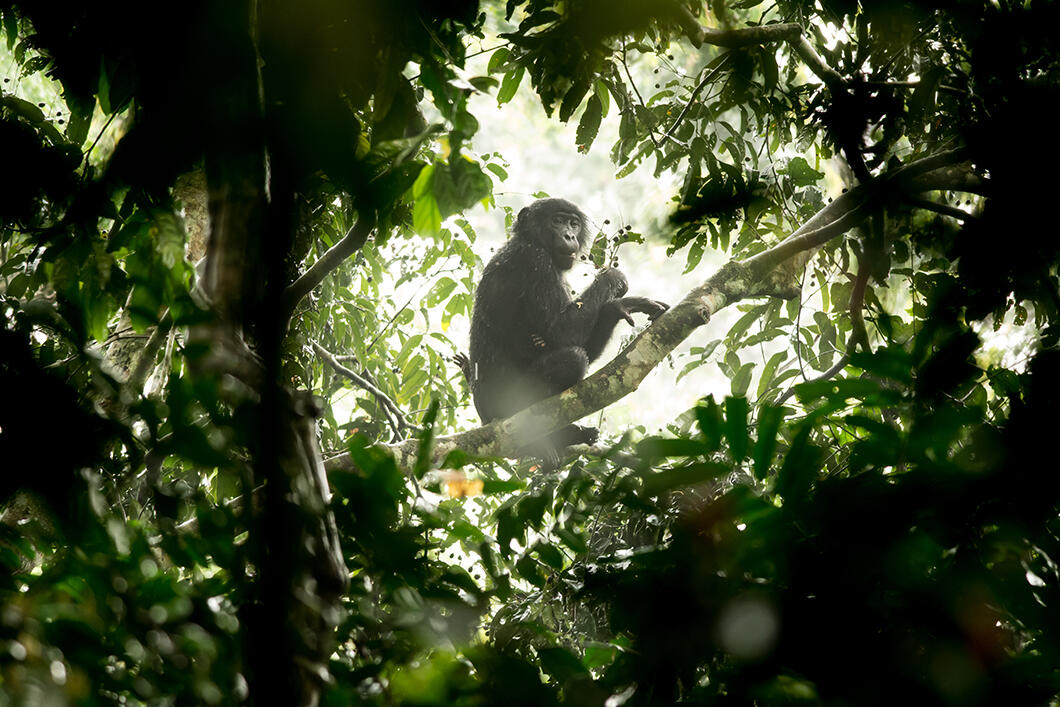
17
Slideshow mode
CHATTING IN THE FOREST. Some twenty metres above the ground, this female bonobo (Pan paniscus) is sheltering from the rain under the canopy of the Manzano Forest, in the Democratic Republic of Congo. In the heart of this biotope, a combination of rainforest and savanna woodland, scientists are studying the vocal communications of our closest relatives in their natural environment. Most of the calls produced by bonobos serve to regulate their social interactions and movements, with the aim of making their identities and peaceful intentions known to neighbouring communities. Other vocalisations take place only in small groups and over short distances. The purpose of these more intimate conversations is to maintain friendly relations with social partners.
C. Cornec/ Centre de recherche en neurosciences de Lyon (CRNL)
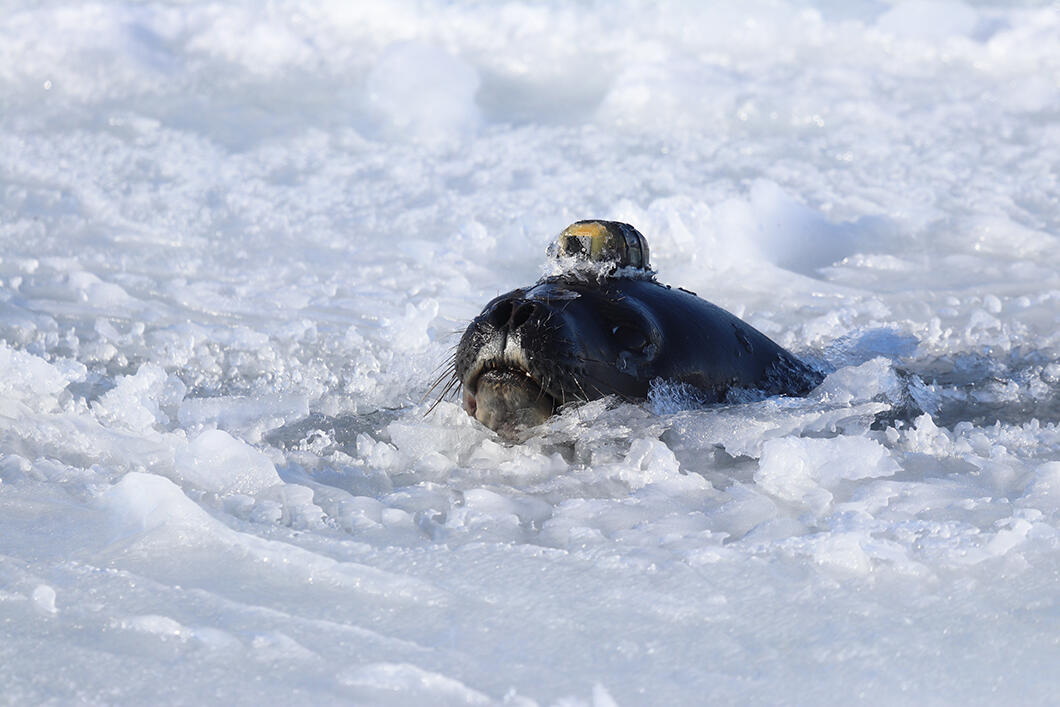
18
Slideshow mode
UNDER THE SKIN OF A MARINE MAMMAL.
This Weddell seal emerging from the pack ice is not a spy but a lactating female equipped with a miniature sonar. Attached to the animal's fur, this device enables biologists to track its movements during its breath-hold dives in Antarctic coastal waters. The sonar also records the seal's head and jaw movements as it hunts. Analysis of this data should help scientists to improve their understanding of the feeding behaviour of female Weddell seals during the critical lactation period.
S.Labrousse / Laboratoire d'océanographie et du climat : expérimentations et approches numériques ( LOCEAN )
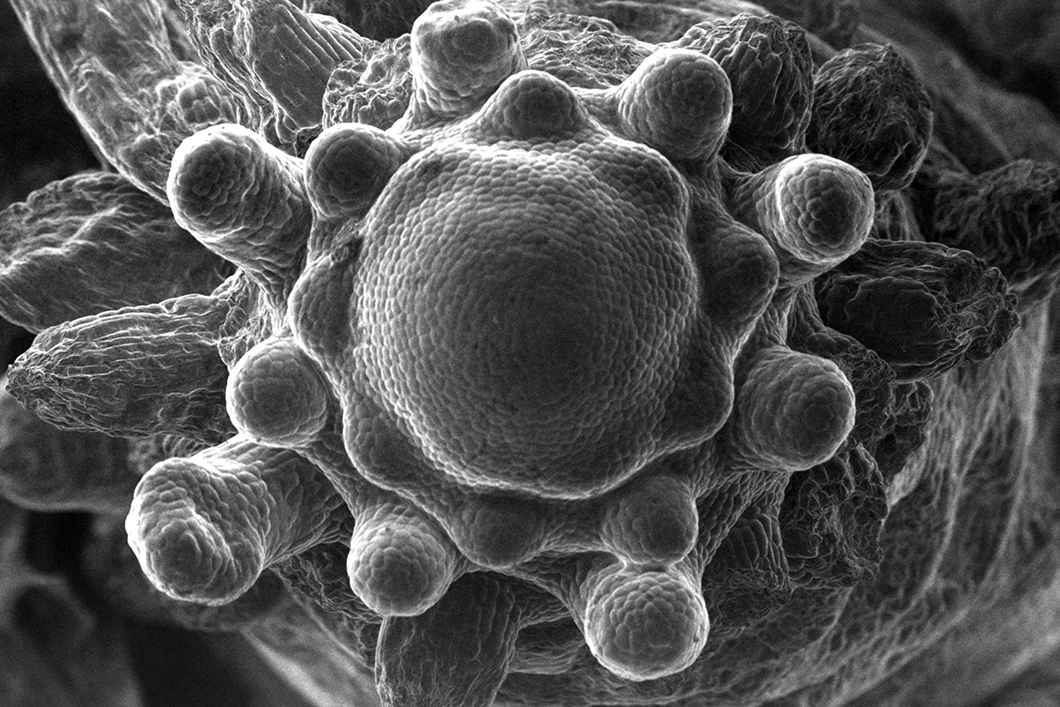
19
Slideshow mode
TENTACULAR BUDDING.
These tentacles reminiscent of some terrifying deep-sea monster turn out to be completely harmless. This is in fact the tip of a stem of Arabidopsis thaliana, a species in the same family as mustard and used as a model plant by geneticists. The image, magnified 300 times with an electron microscope, reveals the flowering process in a specimen carrying a genetic mutation. As a result, instead of producing normal flowers at intervals of 137°, the plant generates these irregularly arranged tentacular structures. By studying this mutant, scientists hope to understand the cellular mechanisms that control the development of geometric shapes in plants.
S. Hallet, F. Besnard / Reproduction et développement des plantes (RDP)
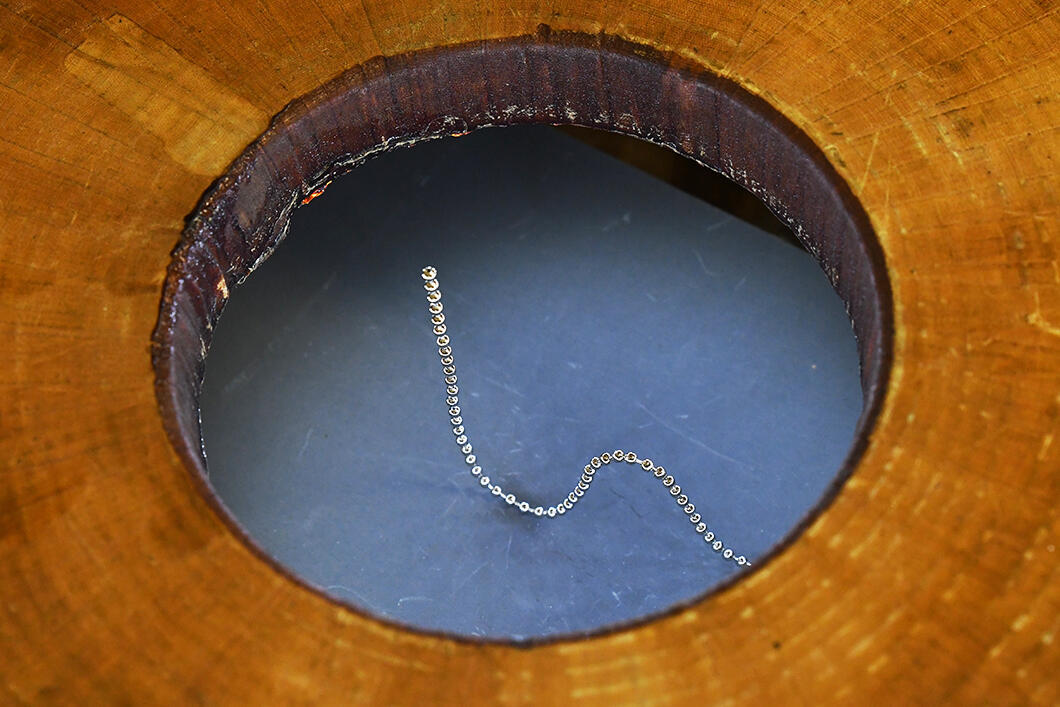
20
Slideshow mode
MAGNETIC SNAKE CHARMER.
There is no magic involved in the strange oscillations seen in this chain of metal balls. The movement is actually induced by a magnetic field produced by an electromagnet that completely encircles the pit where the chain of balls has been placed. By varying the intensity of the magnetic force applied, the researchers can counteract the effect of gravity. As a result, the metal 'snake' begins to undulate while moving slowly along, giving the impression that it is dancing to the rhythm of the magnetic field.
F. Novkoski, E. Falcon/ Laboratoire matière et systèmes complexes (MSC)
Explore more
Life
Article
11/26/2025
Article
11/24/2025
Article
09/24/2025
Article
09/01/2025
Article
08/07/2025
Photography
Slideshow
11/10/2022
Slideshow
10/18/2021
Slideshow
09/24/2019
Article
08/23/2018
Acfas
Slideshow
11/10/2022
Slideshow
09/24/2019
Slideshow
01/18/2017


